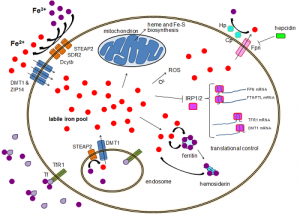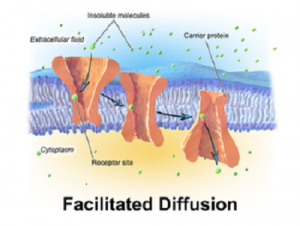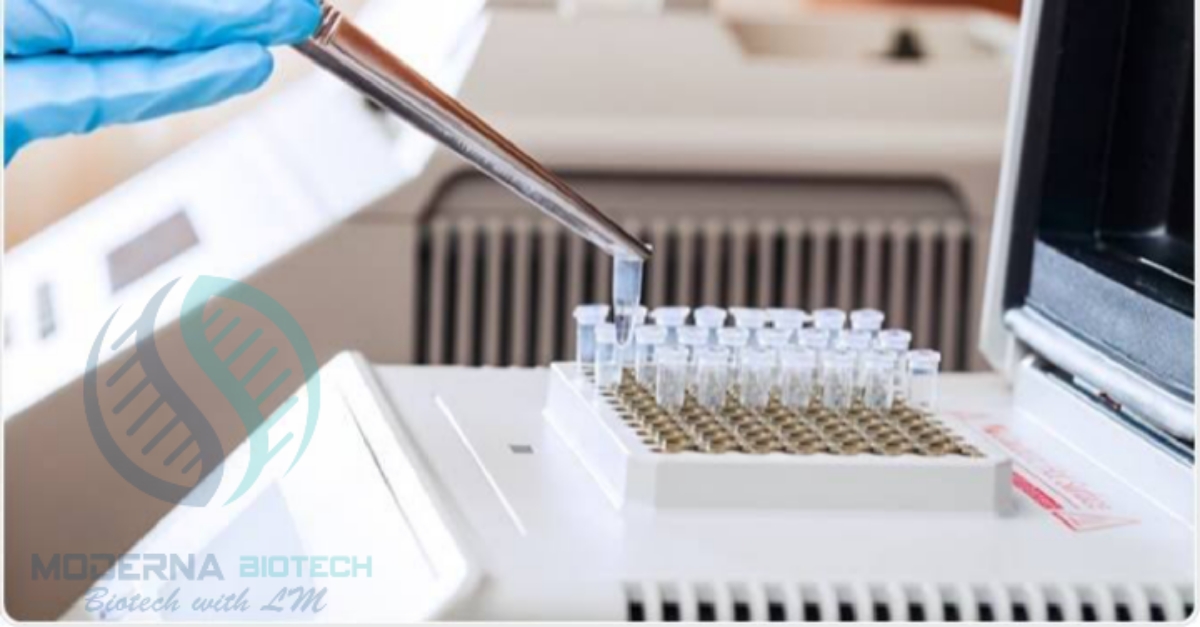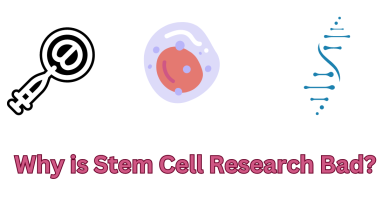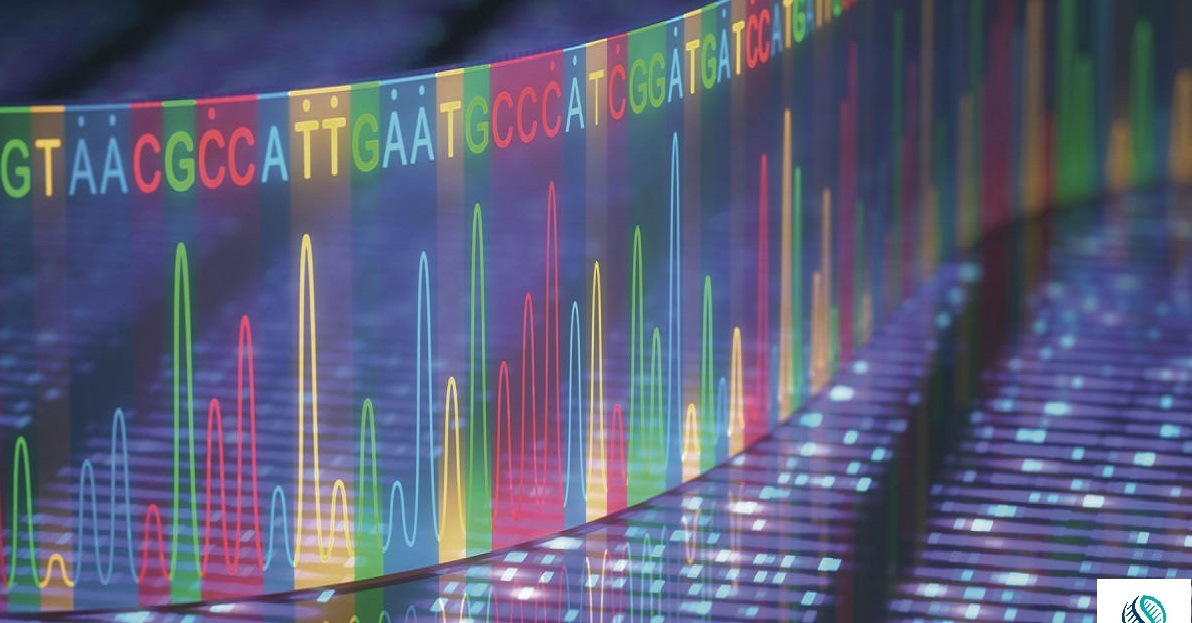Biotechnology
What is the mechanism of nutrient uptake

Plants and microorganisms have to uptake its nutrient to perform their metabolic activities. There are numerous nutrient uptakes mechanisms that occurred in both plants and microorganisms. The mechanism of nutrient uptake in industrially important microorganisms are active transport, passive transport, iron uptake, passive diffusion, facilitated diffusion, and group translocation.
The mechanism of Nutrient Uptake
Nutrient uptake mechanism of industrially important microorganisms:
Nutrient uptake:
A cell must have to bring its nutrient inside the cell from the external environment in order to support its’ activities.
Several different uptake mechanisms exist in archaea and bacteria, these are;
Passive diffusion:
- Passive diffusion or simply diffusion allows simple molecules and gases (e.g.CO2, H2O, and O2) to pass across the cell membrane in the presence of a concentration gradient.
- Diffusion is simply defined as the movement of molecules from an area of higher concentration to an area of lower concentration.
- In this case, there is high concentration gradient present outside the cell than inside the cell. As more and more molecules transported inside the cell from the outside environment, there is a decrease in the concentration gradient which in turn slows the rate of diffusion.
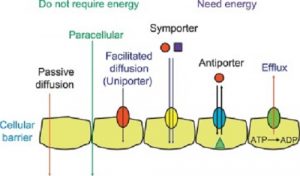
Facilitated diffusion:
- Facilitated diffusion is the same as passive diffusion but they use carrier protein for the transport of molecules.
- These carrier proteins are enclosed within the cell membrane and offer a pore or channel across the membrane barrier permitting the channel of larger molecules.
- The channel of molecules into the cell breaks, when the gradient concentration disperses.
- Typically, each carrier protein exhibit specificity i.e. only transporting specific type of molecules or closely related molecules.
Active transport (important mechanism of nutrient uptake):
- Active transport is defined as the movement of molecules from an area of lower concentration to an area of higher concentration against the concentration gradient.
- In order to transport substances through active transport, a cell must use metabolic energy. They also use carrier proteins which are embedded in the membrane.
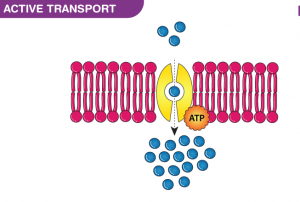
Primary active transport:
- To drive the transport of substances against a concentration gradient, primary active transport uses chemical energy.
- An example of primary active transport is the ABC system which uses an ATP-binding cassette transporter.
- The substrate-binding protein is present in the periplasm of the cell in the case of gram-negative bacteria and is attached to the outside of the cell in the case of gram-positive bacteria.
Secondary active transport:
- To drive the transport of substances against the concentration gradient, the secondary active transport uses proton motive force.
- A proton motive force or simply called PMF is basically an ion gradient that forms when there is the transport of electrons during processes of energy conservation.
- When there is the transportation of electrons, positively charged protons gather along the exterior of negatively charged cells forming a proton gradient between inside and outside of the cell.
- For simple transport, there are different sorts of transport events namely; uniport (transport single substance), antiport (transport two substances but in opposite direction), and symport (transport two substances), and each process uses a different protein porter.
Group translocation:
- Group translocation is that type of transport that does not use energy from ATP but from an energy-rich organic compound.
- It is different from primary active transport and secondary active transport in that substances which are transported are chemically modified.
- An example of group translocation is phosphoenolpyruvate. Here a system of sugar phosphotransferase uses energy from high energy molecules phosphoenolpyruvate to carry sugar inside the cell.
- Here, a phosphate is transported from phosphoenolpyruvate to incoming sugar during the transportation process.
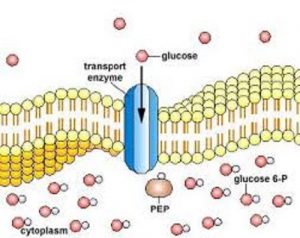
Iron uptake:
- Microbes use iron for the function of their enzymes and cytochromes. And it is considered a growth-limiting micronutrient for microbes.
- Numerous bacteria have advanced siderophores which are organic molecules that bind with iron with high affinity.
- Siderophores bind with any available ferric iron when released by organisms to the immediate environment.
- This complex of iron-siderophore is then bound by a particular receptor on the outside cell letting the iron be transferred into the cell.
